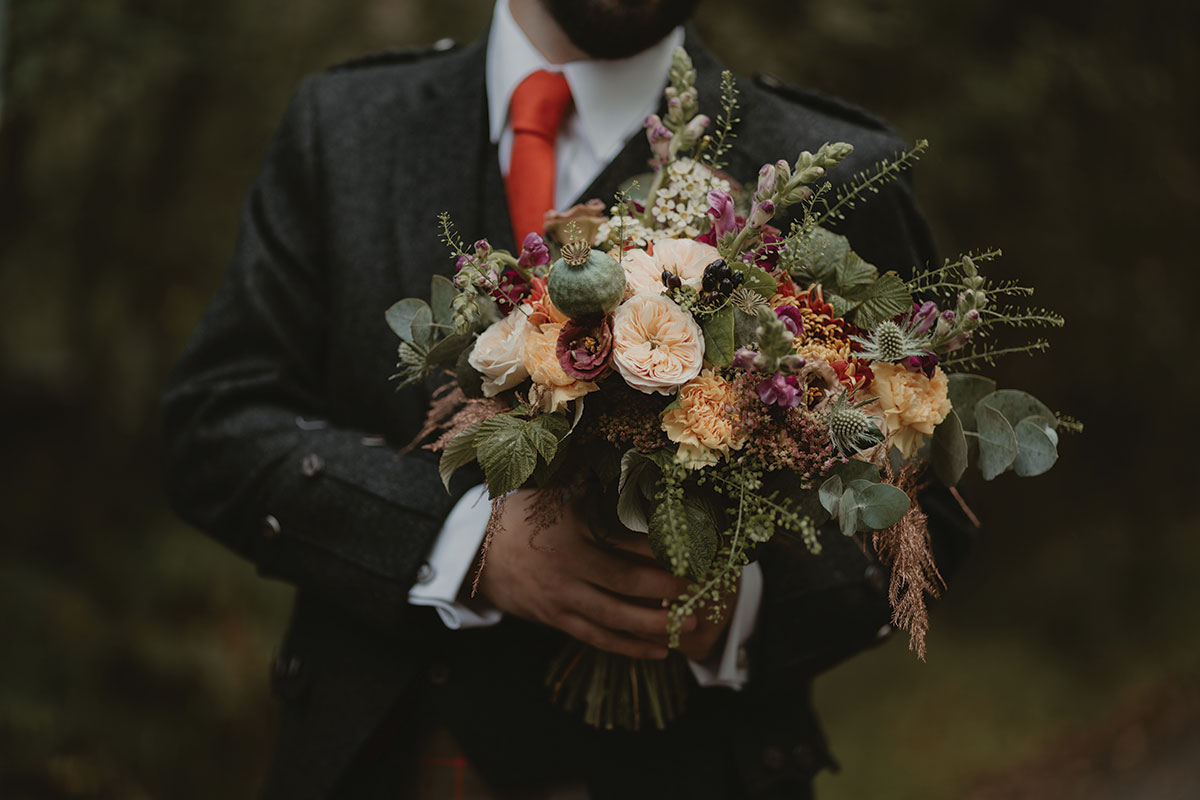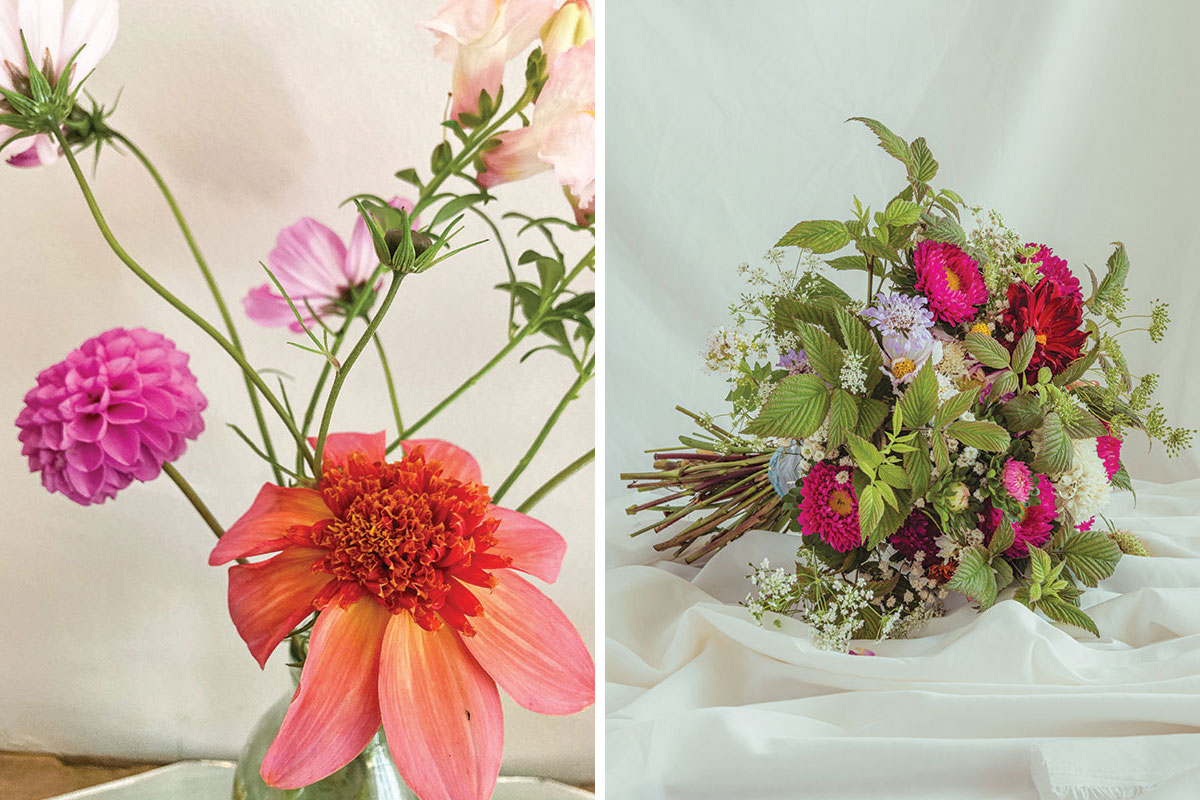Your wedding flowers might not be as nature-friendly as you may think. Here’s how to have beautiful blooms that won’t cost the earth

Flowers are natural – so they’re probably the most eco-friendly part of a wedding, right? Far from it, actually. Popular but out-of-season blooms have to be flown in, often from thousands of miles away. As if that’s not bad enough, the non-recyclable materials used to package and preserve the flowers can add a ton of damaging waste into the mix.
Thankfully, this is not the only way to do flowers. If you care about the impact your wedding will have in the environment (and, let’s face it, you absolutely should!), all you have to do is take your blooms back to basics. We caught up with Tara Pollak at Edinburgh’s Verdel Florals to talk about how to achieve beautiful blooms at your wedding without hurting nature in the process.
Homegrown heroes
The concept of the bridal bouquet stretches back to antiquity, when brides would pick flowers and herbs from their gardens to ward off evil spells and spirits. Modern marriages need not be so superstitious, but our ancient counterparts had the right idea about opting for homegrown blooms. According to Tara, it is the best way to reduce the environmental impact of your wedding flowers. “When the likes of roses, carnations or chrysanthemums are available all year round, they come at a cost,” she says.
“Flower farming outside the seasons is energy-intensive, and relies on fertilisers and pesticides that are damaging even in small doses. Wedding flowers can absolutely be created out of British and Scottish-grown blooms, greenery and dried botanicals, no matter the season. I grow a lot of my flowers in my own garden, and forage when I am out on walks in my local area. For other botanicals, I use only nearby and Scottish suppliers. Local and seasonal floristry can make a huge difference to wildlife and soil quality – all while creating stunning wedding designs at the same time.”


Season’s highlights
This sounds all well and good, but if you are marrying in the autumn or winter months, you may be a little concerned you’ll only have slim pickings. Fear not. While you’re not going to have peonies in your bouquet, you’ll have a lot more to carry down the aisle than a collection of moss and bare twigs. “Autumn is surprisingly abundant and some of the richest-coloured florals available in the UK are grown during this time,” says Tara reassuringly. “Above all is the dahlia, coming in open daisy-like shapes and pompom varieties, with both big and small blooms, and offering an endless palette of colour and pattern.
“As for winter, it is a season for foliage, forced bulbs, hellebores and dried botanicals. This is the right time of year for layering on different shades and textures of aromatic greenery, such as berried ivy, cypress, eucalyptus and pine, interspersing it with dried starburst alliums, dried berries and living tablecentres of hellebores or forced muscari and narcissi. I think the flowers should represent not just the newlyweds, but the season and place they’re getting married in.”
“Just because flowers are among the best that nature offers us, doesn’t mean floristry is also green, clean and compostable,” Tara points out. “It’s important to remember that floral foam, conditioning sprays and imported flowers are a choice, and that we can do better.”








